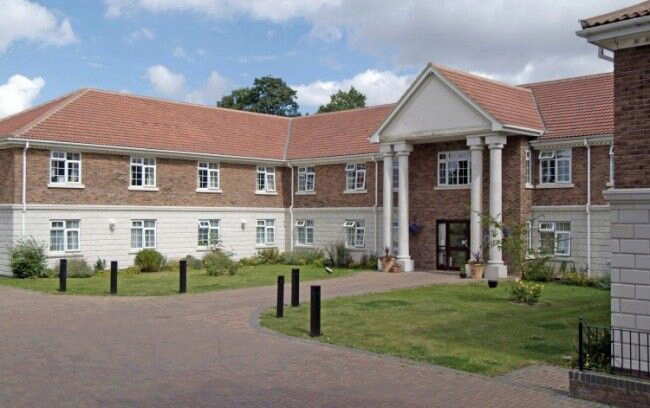We spoke to Edwina Catt, Wellbeing Lead, at Rosedale Court, part of the Runwood Care Group. Edwina and her team have been using the Happiness Programme alongside the Namaste programme and Essex County Council’s Prosper project, to support improved wellbeing, drive engagement and bring greater comfort to those being supported with palliative care.

Q. Edwina, can we start off with knowing a little about your residents…
“Yes – we have five units within our 81 bed home; two for nursing care and three for dementia.
We have a very diverse set of care needs with residents living with all stages of dementia. We also have a number of residents who we offer palliative care to.
We place a huge amount of focus on the care needs of the individual which we’re constantly reassessing. For this reason, having so many different options of activity and therapeutic intervention is vital to ensure we can deliver what each person needs.”
Q. Can you tell us about the palliative care that you offer?
“Yes – we’ve had the Happiness Programme for a while now. The mobility of the projector is the single best feature – staff are easily able to move it from room to room and project on to ceilings and walls to accommodate what works best in that moment. We also find projecting on to bed sheets is an incredibly immersive and effective way of engaging with our residents.
In any nursing care scenario, the ability to project from overhead or onto ceilings really does make a difference and marks the magic table 360 projector out from other technology we’ve seen.
Alongside this we follow the Namaste programme; a combination of physical, sensory and emotional activities to support people at the end of their dementia journey.
The third part of our approach for palliative care is the Prosper project. It’s been coordinated through Essex County Council and is aimed at bringing the latest approaches to patient care in the NHS and translating these into a care home setting.
The three different aspects of our end of life care means we can offer real moments of comfort and relaxation when it matters most.”
Q. And how else are you using the Happiness Programme?
“It’s used a lot throughout the home. For instance, we use it in group sessions of 5 of 6. Sometimes this is on the floor, where we can get people physically moving. The Autumn Leaves and Match of the Day games are great for this.
We also have a number of residents who are in wheelchairs, and so we use it on a table with these residents. They love the variety of the games – watching the fish swim through the lilies one moment and doing a jigsaw the next.
Q. Any last thoughts…
“It’s one of the best things we’ve ever had. Its impact is phenomenal and the way it can reduce anxiety really does have a real benefit to residents.”
Not a member of the happiness programme?
The Happiness Programme is a first-of-its-kind initiative helping to change the lives of people living with cognitive challenges. We use interactive light technology to provide meaningful activities for residents and patients in care homes and care settings. For more detail on what the Happiness Programme is and how it’s helping care venues across the UK, visit our getting started page.
Alternatively, jump to our dementia, learning disability, rehabilitation and NHS pages for more specific detail on how it’s helping care homes like Barchester and HC-One as well as hospitals and local authorities such as St George’s Hospital, London and Westminster and South Kensington Council.
For anything else, you can contact us here too.

Copyright © 2021 Social-ability. All Rights Reserved.